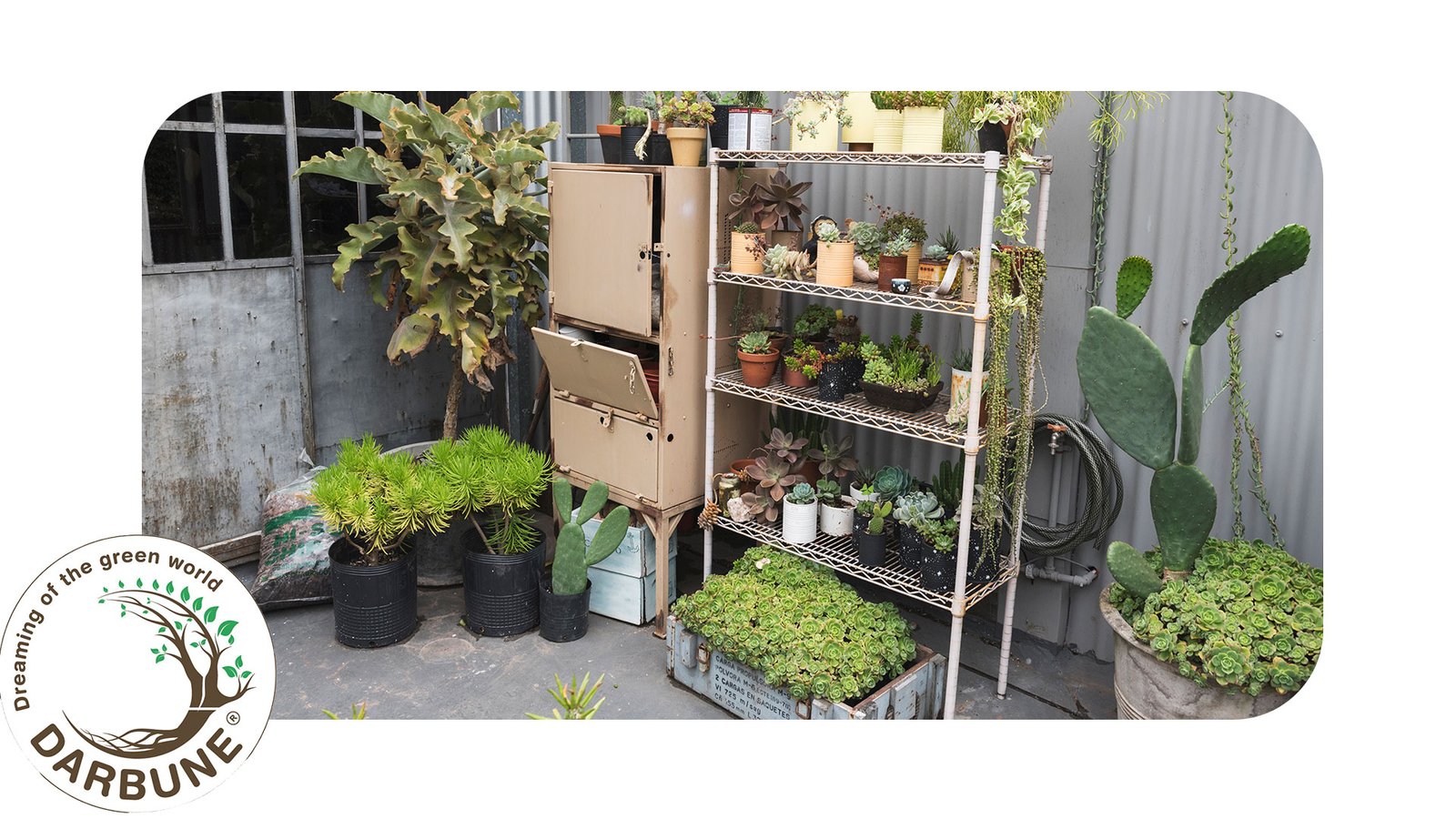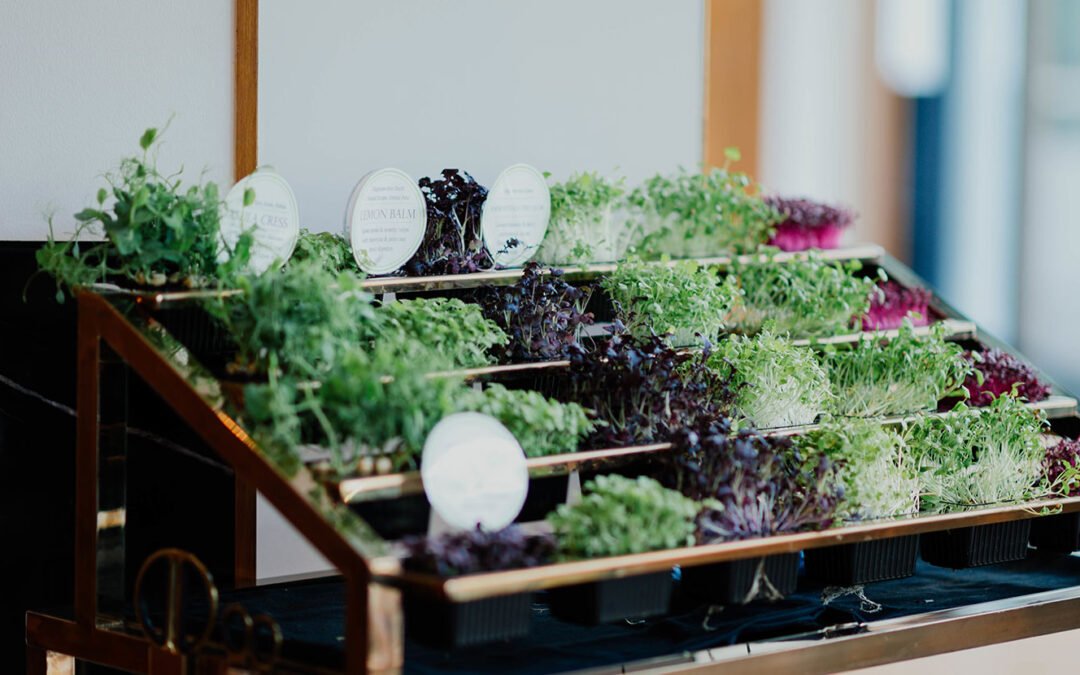Urban living often comes with limited space and minimal access to natural sunlight, making traditional farming impractical. However, growing fresh produce indoors without sunlight is entirely possible with the right approach. Whether you’re passionate about sustainability, seeking homegrown organic food, or simply enjoying a new hobby, starting an indoor farm in a small apartment is an achievable goal.
In this guide, we’ll explore how you can efficiently grow plants without sunlight, the best techniques to use, and the essential tools you need to create a thriving indoor garden.

Choosing the Right Growing Method
Selecting the best growing method is crucial for a successful indoor farm, especially when sunlight is not available. There are two primary techniques that work well in small spaces: hydroponics and aeroponics.
1. Hydroponics: A Soil-Free Solution
Hydroponics is one of the most effective methods for indoor farming, especially when natural sunlight is unavailable. Instead of soil, plants grow in a nutrient-rich water solution, providing them with everything they need to thrive.
Benefits of Hydroponics:
- Uses up to 90% less water than traditional farming.
- Faster plant growth due to direct nutrient absorption.
- Requires less space, making it ideal for apartments.
Popular Hydroponic Systems for Small Spaces:
- Deep Water Culture (DWC) – Plants are suspended in water with nutrients and oxygen.
- Nutrient Film Technique (NFT) – A thin film of nutrient-rich water continuously flows over the roots.
- Kratky Method – A passive system that requires no electricity or pumps.
2. Aeroponics: High-Tech Indoor Farming
Aeroponics is another Hydroponic Farming method where plant roots are suspended in the air and misted with nutrient solutions, similar to how Bamboo Plants for Home thrive in water-based systems. This technique is used by NASA for space farming due to its efficiency.
Why Choose Aeroponics?
- Uses 90% less water than hydroponics.
- Promotes rapid plant growth with maximum oxygen exposure.
- Compact systems are perfect for apartment dwellers.
Selecting the Best Artificial Lighting

Since natural sunlight is absent, providing adequate artificial lighting is crucial.
1. Types of Grow Lights:
- LED Grow Lights (Most Efficient) – Energy-saving, full-spectrum, and long-lasting.
- Fluorescent Lights (CFL & T5 Tubes) – Affordable and good for small setups.
- High-Intensity Discharge (HID) Lights – Powerful but consume more energy.
2. Factors to Consider When Choosing Grow Lights:
- Light Spectrum: Plants need blue light for leafy growth and red light for flowering and fruiting.
- Intensity: Adjust light strength based on plant type (herbs need less, fruiting plants need more).
- Placement: Position lights 6-12 inches above plants and adjust as they grow.
Choosing the Right Plants for Indoor Farming
Not all plants thrive indoors, so selecting varieties that adapt well to artificial lighting is essential.
Best Plants for Indoor Farming:
Leafy Greens & Herbs:
- Lettuce
- Kale
- Spinach
- Basil
- Mint
Fruiting Plants (With Stronger Lighting):
- Cherry Tomatoes
- Peppers
- Strawberries
Microgreens:
- Radish Sprouts
- Sunflower Shoots
- Broccoli Microgreens
Essential Equipment and Setup

To establish a successful indoor farm, you’ll need the following:
- Grow Lights (LED recommended for efficiency)
- Hydroponic or Aeroponic System
- Nutrient Solutions (Essential minerals for plant growth)
- pH and EC Meters (To monitor water quality)
- Timers (Automate light cycles for consistent growth)
- Air Circulation System (Prevents mold and strengthens plants)
Maintaining Your Indoor Farm
Once your indoor farm is set up, proper maintenance is essential to ensure healthy plant growth and consistent yields. Key aspects of maintenance include:
1. Monitoring Light Cycles
Plants require 12-16 hours of light daily. Using a timer ensures consistency and avoids overexposure.
2. Managing Nutrients and Water
- Change water every 2 weeks to prevent nutrient depletion.
- Monitor pH levels (5.5 – 6.5) for optimal absorption.
- Add nutrients according to plant needs (vegetative vs. flowering stages).
3. Preventing Pests and Diseases
- Keep your farm clean and dry to avoid mold growth.
- Use natural insecticidal soap to manage pests.
- Ensure proper air circulation to prevent fungal infections.
Conclusion
Starting an indoor farm in a small apartment without sunlight is not only possible but also rewarding. With hydroponics or aeroponics, artificial lighting, and the right selection of plants, you can create a self-sustaining farm that provides fresh, homegrown produce year-round. By following these strategies, you’ll enjoy a green and productive indoor garden regardless of your living space constraints.
Frequently Asked Questions (FAQ)
1. Can I grow vegetables indoors without sunlight?
Yes! Using LED grow lights and hydroponic/aeroponic systems allows you to cultivate vegetables without natural sunlight.
2. How much does it cost to start an indoor farm in an apartment?
Costs vary depending on the system, but a basic hydroponic setup with LED lighting can start at around $100-$300.
3. What is the best indoor farming method for beginners?
Hydroponics, specifically the Kratky Method, is the easiest and most cost-effective option for beginners.
4. How often should I change the water in a hydroponic system?
Every two weeks to ensure nutrient balance and prevent algae growth.
5. Can I grow root vegetables like carrots indoors?
Root vegetables require deeper containers and more space, making them less ideal for small apartments.
By implementing these tips, you can successfully start and maintain an indoor farm, even in a small apartment without sunlight!

